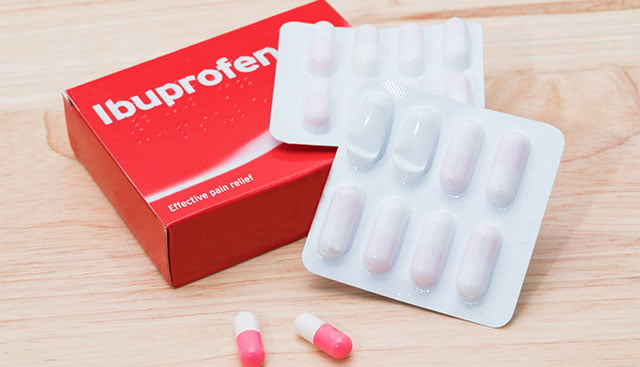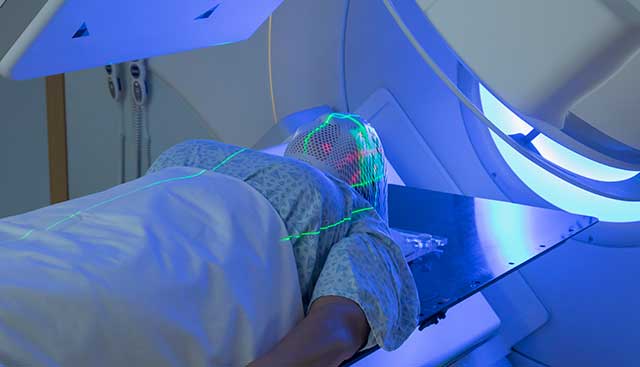
Cancer Treatment and Photosensitivity
Photosensitivity is a heightened skin response to ultraviolet (UV) light from the sun or a tanning bed. Certain medications and supplements—including some that are widely used by cancer patients—are known to cause photosensitivity, which can increase the risk of sunburn, skin damage and skin cancer. For this reason and others, it is important to talk with a healthcare professional before you start taking any medication, alone or in combination with other drugs.
Types of photosensitivity
Drugs can cause photosensitivity in different ways, which can be described generally as two distinctly different reactions:
A phototoxic reaction
The most common type of photosensitivity is a phototoxic reaction, which occurs when a medication taken by mouth or applied topically to the skin is activated by UV light exposure. The UV light changes the chemical composition of the photosensitive drug, causing it to emit skin-damaging energy. Within minutes or hours, a sunburn or rash may develop on the exposed skin.
A photoallergic reaction
Another type of photosensitivity is a photoallergic reaction, which occurs when UV light interacts with certain ingredients in a medication that was applied directly to the skin. The body’s immune system interprets the resulting changes in the medication as a harmful threat, similar to bacteria or a virus. In response, the immune system produces an abundance of protective antibodies, which can cause a sunburn-like rash, blisters, red bumps and oozing lesions. Typically, the effects become apparent within one to three days.

What medications can cause sunburn?
Chemotherapy drugs
Many chemo agents are known to increase sun sensitivity. Those photosensitive medications include:
- Fluorouracil
- Dacarbazine
- Methotrexate
- Nab-paclitaxel
- Vinblastine
Most photosensitivity reactions associated with chemo drugs are phototoxic. Usually, the heightened sun sensitivity resolves after the chemotherapy is completed.
Antinausea drugs
Many patients take antinausea drugs during chemotherapy, which can make the treatment more bearable. However, some of those drugs, such as promethazine and prochlorperazine, can cause heightened sensitivity to sunlight.
Targeted therapy drugs
Some targeted therapy drugs that are known to cause photosensitivity include:
- Amivantamab
- Dasatinib
- Erlotinib
- Imatinib
- Nilotinib
- Vandetanib
- Vemurafenib
Pain relievers and anti-inflammatories
Some cancer patients take pain relievers and/or nonsteroidal anti-inflammatory drugs (NSAIDs). Those associated with photosensitivity include:
- Celecoxib
- Ibuprofen
- Ketoprofen
- Naproxen
- Piroxicam
Does radiation therapy cause photosensitivity?
Radiation therapy can cause photosensitivity, but only in the areas of skin treated. However, unlike chemo-induced photosensitivity, radiation-induced photosensitivity is permanent. The areas of skin in the radiation treatment fields will always be more sensitive to UV light.
Talk with a specialist
The best way to manage photosensitivity is to limit your exposure to natural and artificial sunlight. If you have been diagnosed with questions about your skin cancer risk factors or if your medication is causing sun sensitivity, you are encouraged to talk with a specialist at Moffitt Cancer Center. You can request an appointment by calling 1-888-663-3488 or completing a new patient registration form online. We will connect you with an expert as soon as possible who will provide personalized advice after reviewing any photosensitive medications and photosensitive supplements you may be taking.
Sources:

